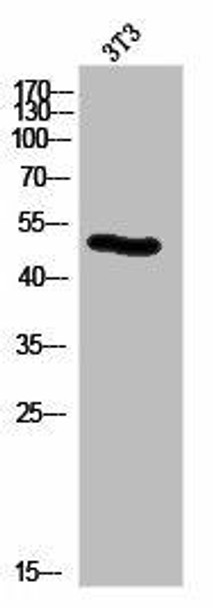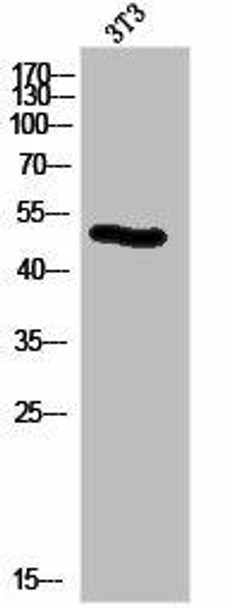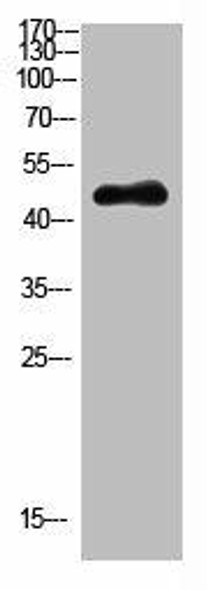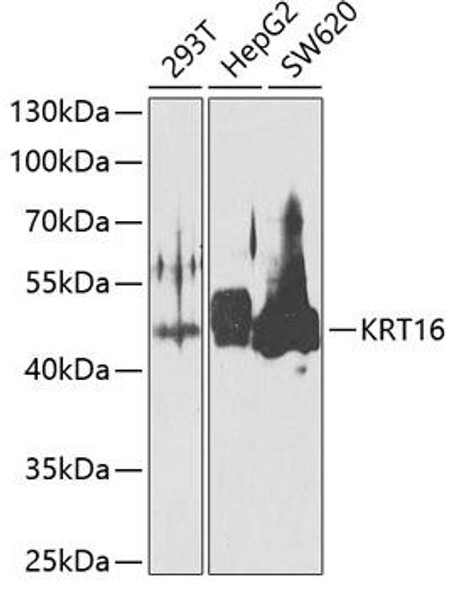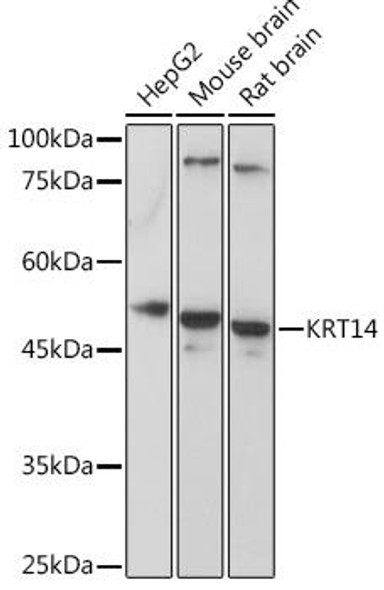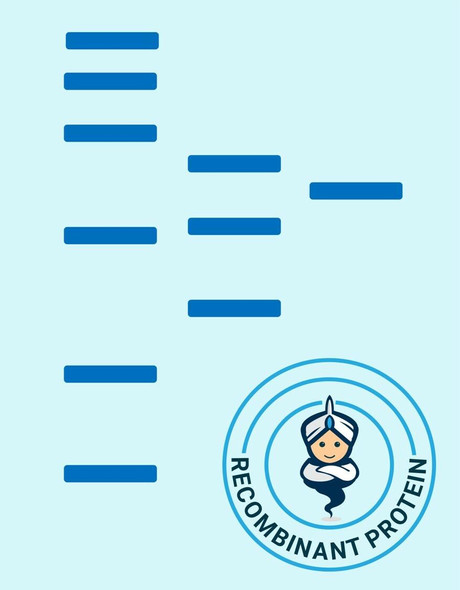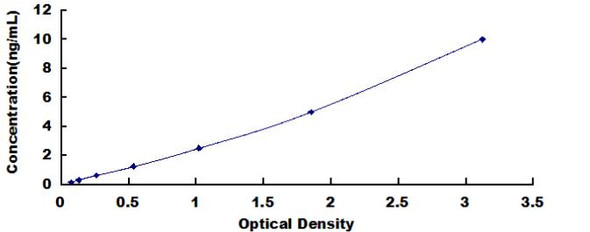Description
KRT14/KRT16 Antibody (PACO06965)
The KRT14/KRT16 Antibody (PAC06965) is a highly specific and reliable tool for researchers studying keratin 14 and keratin 16 proteins. These intermediate filament proteins are key components of the cytoskeleton in epithelial cells, playing essential roles in cell structure and function. Raised in rabbits, this polyclonal antibody is optimized for use in various applications, including Western blotting and immunofluorescence. It is highly reactive with human samples, allowing for accurate detection and analysis of KRT14 and KRT16 in different cell types and tissues.Keratins are not only important for maintaining cell integrity and mechanical strength but are also involved in cell signaling, differentiation, and disease pathogenesis.
Dysregulation of KRT14 and KRT16 expression has been linked to various skin disorders, cancers, and other diseases, making this antibody a valuable tool for investigating their roles in health and disease.By targeting KRT14 and KRT16 proteins, researchers can gain insights into the molecular mechanisms underlying epithelial cell biology and disease progression. This antibody holds great promise for advancing our understanding of keratin function and its implications in biomedical research and potential therapeutic strategies.
| Antibody Name: | KRT14/KRT16 Antibody (PACO06965) |
| Antibody SKU: | PACO06965 |
| Size: | 50ug |
| Host Species: | Rabbit |
| Tested Applications: | ELISA, WB, IHC, IF |
| Recommended Dilutions: | ELISA:1:20000, WB:1:500-1:2000, IHC:1:100-1:300, IF:1:200-1:1000 |
| Species Reactivity: | Human, Mouse, Rat |
| Immunogen: | Synthesized peptide derived from the N-terminal region of human Cytokeratin 14/16. |
| Form: | Liquid |
| Storage Buffer: | Liquid in PBS containing 50% glycerol, 0.5% BSA and 0.02% sodium azide. |
| Purification Method: | The antibody was affinity-purified from rabbit antiserum by affinity-chromatography using epitope-specific immunogen. |
| Clonality: | Polyclonal |
| Isotype: | IgG |
| Conjugate: | Non-conjugated |
 | Western Blot analysis of NIH-3T3 cells using Cytokeratin 14/16 Polyclonal Antibody. |
 | Western Blot analysis of 3T3 cells using Cytokeratin 14/16 Polyclonal Antibody. |
| Synonyms: | KRT14; Keratin; type I cytoskeletal 14; Cytokeratin-14; CK-14; Keratin-14; K14; KRT16; KRT16A; Keratin, type I cytoskeletal 16; Cytokeratin-16; CK-16; Keratin-16; K16 |
| UniProt Protein Function: | K14: a type I cytoskeletal keratin. The keratins are intermediate filament proteins responsible for the structural integrity of epithelial cells and are subdivided into cytokeratins and hair keratins. There are two types of cytoskeletal and microfibrillar keratin: type I (acidic; 40-55 kDa) [K9 to K20] and type II (neutral to basic; 56-70 kDa) [K1 to K8]. Both a basic and an acidic keratin are required for filament assembly. Generally associates with K5. |
| UniProt Protein Details: | Protein type:Cytoskeletal Chromosomal Location of Human Ortholog: 17q21.2 Cellular Component: cytoplasm; keratin filament; intermediate filament; cytosol; nucleus Molecular Function:protein binding; structural constituent of cytoskeleton Biological Process: epidermis development; hemidesmosome assembly; epithelial cell differentiation; response to zinc ion; response to ionizing radiation; intermediate filament bundle assembly; hair cycle; aging Disease: Epidermolysis Bullosa Simplex, Localized; Epidermolysis Bullosa Simplex, Generalized; Dermatopathia Pigmentosa Reticularis; Epidermolysis Bullosa Simplex, Autosomal Recessive 1; Naegeli Syndrome; Epidermolysis Bullosa Simplex, Dowling-meara Type |
| NCBI Summary: | This gene encodes a member of the keratin family, the most diverse group of intermediate filaments. This gene product, a type I keratin, is usually found as a heterotetramer with two keratin 5 molecules, a type II keratin. Together they form the cytoskeleton of epithelial cells. Mutations in the genes for these keratins are associated with epidermolysis bullosa simplex. At least one pseudogene has been identified at 17p12-p11. [provided by RefSeq, Jul 2008] |
| UniProt Code: | P02533 |
| NCBI GenInfo Identifier: | 229463044 |
| NCBI Gene ID: | 3861 |
| NCBI Accession: | P02533.4 |
| UniProt Secondary Accession: | P02533,P08779, |
| UniProt Related Accession: | P02533 |
| Molecular Weight: | ~ 52kDa |
| NCBI Full Name: | Keratin, type I cytoskeletal 14 |
| NCBI Synonym Full Names: | keratin 14 |
| NCBI Official Symbol: | KRT14 |
| NCBI Official Synonym Symbols: | K14; NFJ; CK14; EBS3; EBS4 |
| NCBI Protein Information: | keratin, type I cytoskeletal 14 |
| UniProt Protein Name: | Keratin, type I cytoskeletal 14 |
| UniProt Synonym Protein Names: | Cytokeratin-14; CK-14; Keratin-14; K14 |
| Protein Family: | Putative outer capsid protein |
| UniProt Gene Name: | KRT14 |
| UniProt Entry Name: | K1C14_HUMAN |

